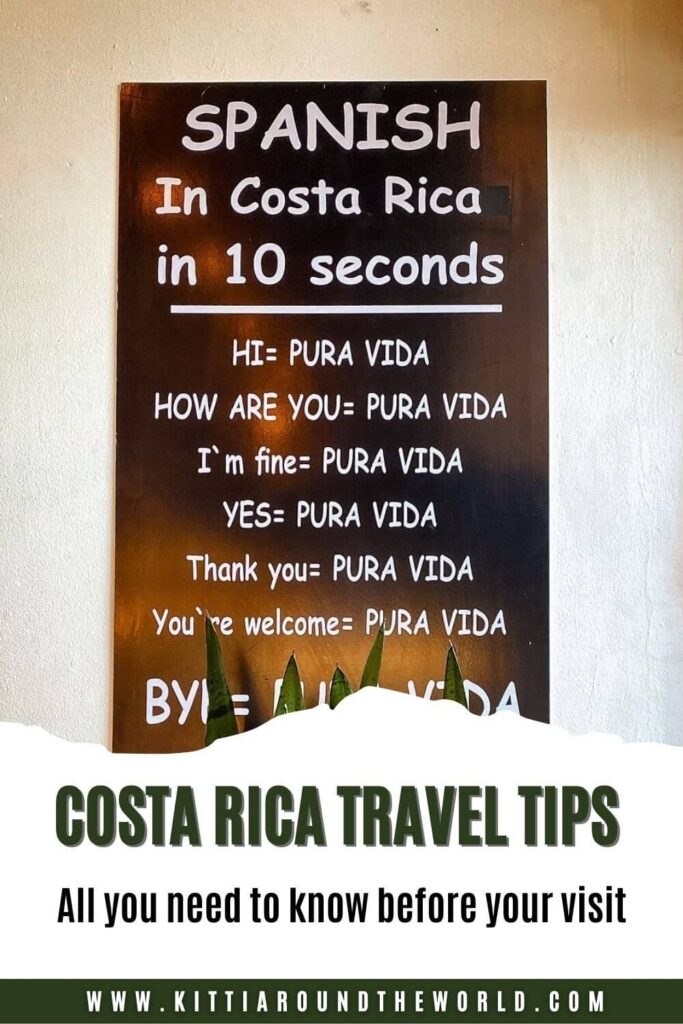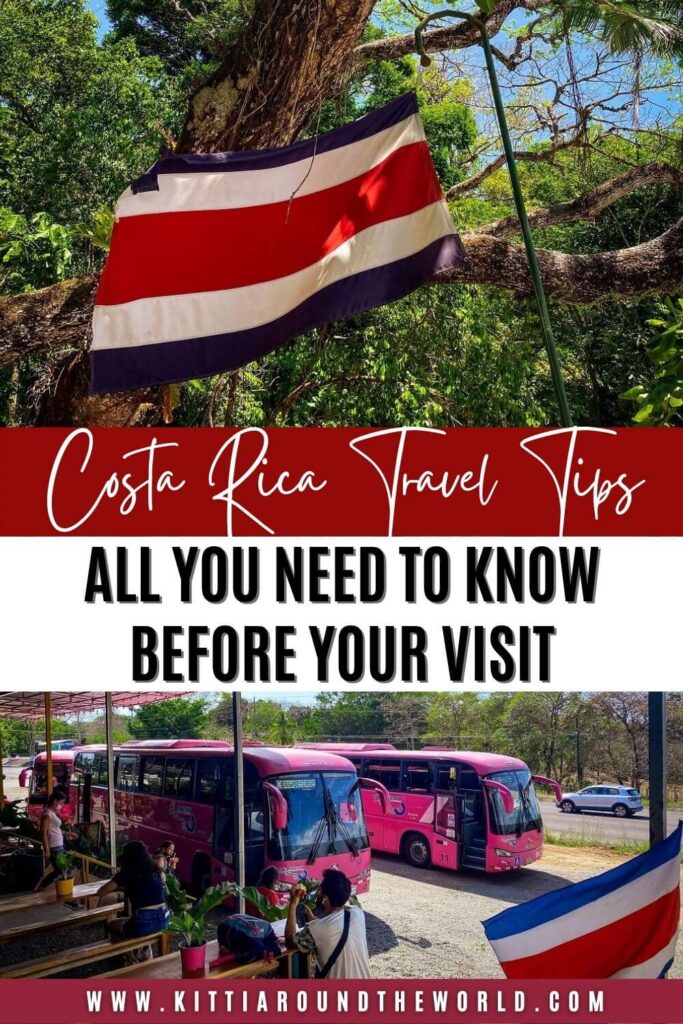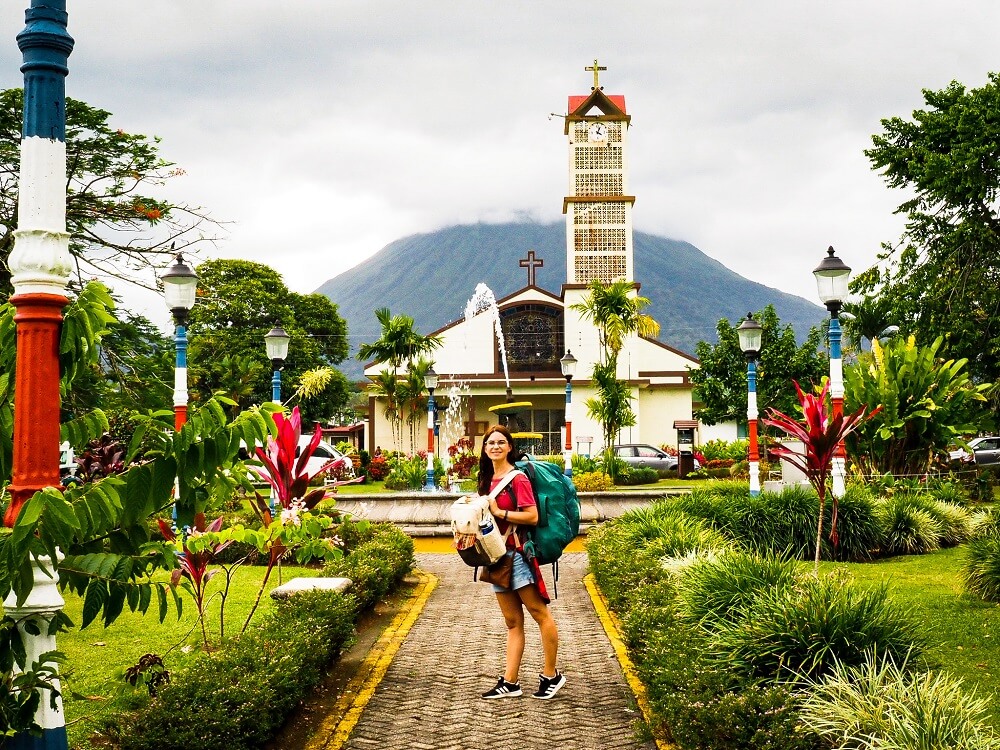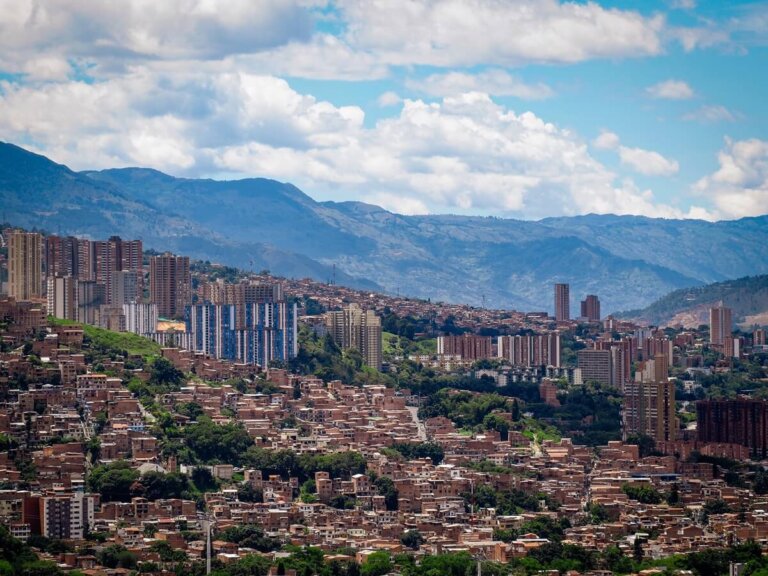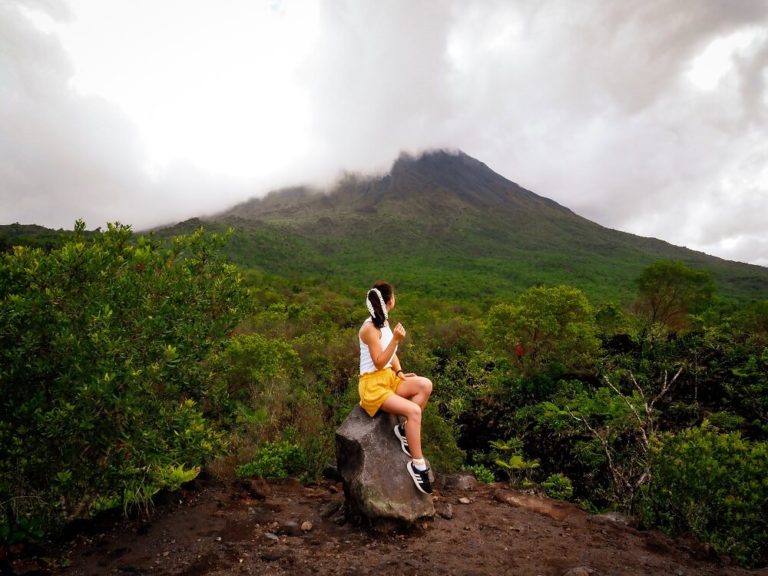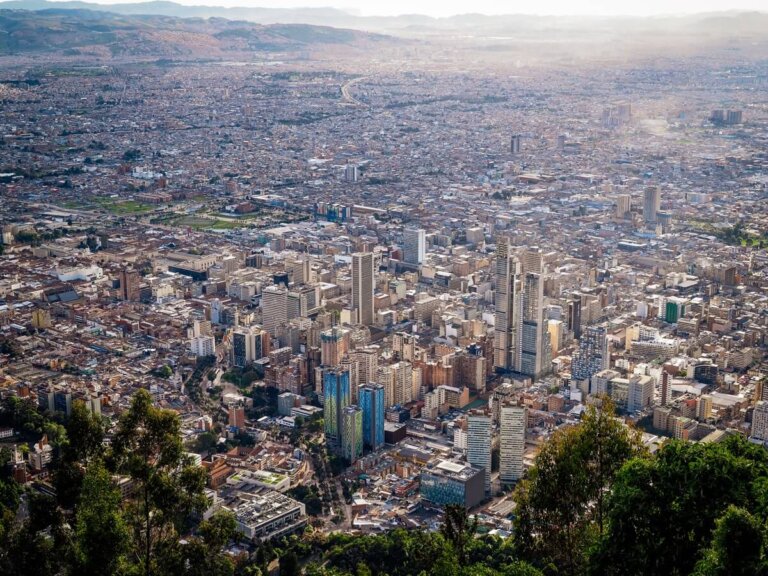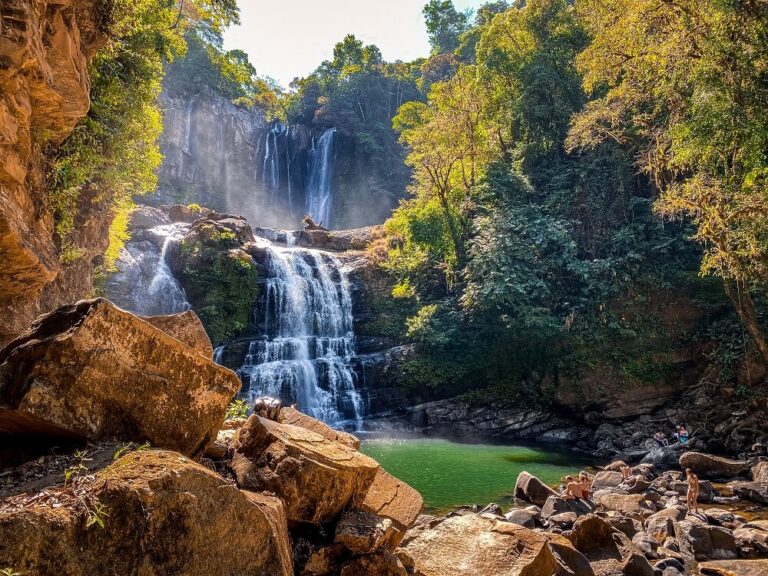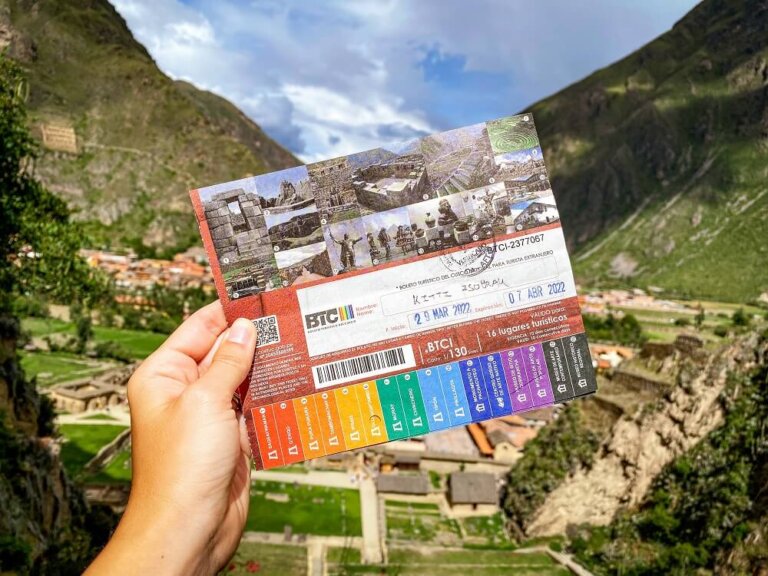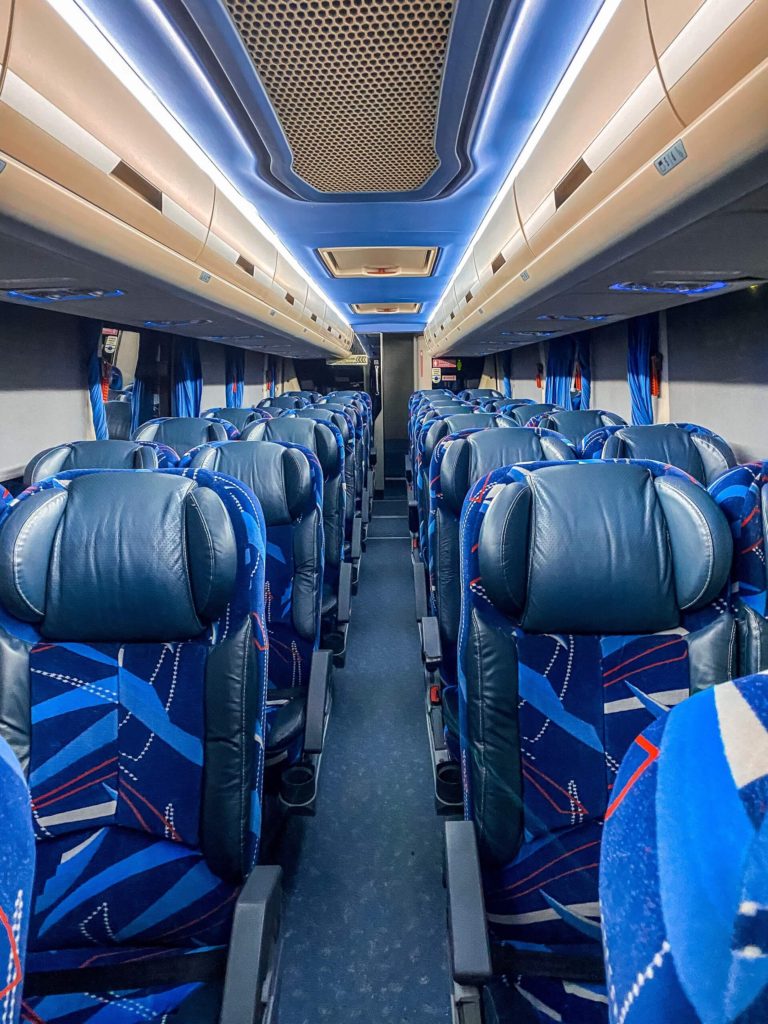Costa Rica Travel Tips – All You Need to Know Before Your Visit
Are you planning a trip to Costa Rica and would like to learn more about it prior to your trip? If so, then in this Costa Rica travel tips post you’ll find answers to common questions such as safety, cost, what to eat and how to travel across the country with different modes of transportation.
We only spent three weeks in Costa Rica, which definitely doesn’t make us experts on the country. However, as always, we did a ton of research prior to our visit. Therefore, the mixture of our research and personal experience helps us to answer some general questions you’ll probably have before your trip.
Note – It’s important that you do your own research too and check official websites as well as other blog posts. Everyone’s experience in a country will be different, so also bear in mind that this is just what we experienced.
If you want to read or see more of our adventures, then make sure to browse through all of our Costa Rica blog posts or watch the Costa Rica series we shared on our YouTube channel.
Disclosure: This post may contain affiliate links, which means we may receive a small commission if you click a link and purchase something. Clicking these links won’t cost you anything, but it will help us to keep this site up and running! Learn more about our affiliate policy.
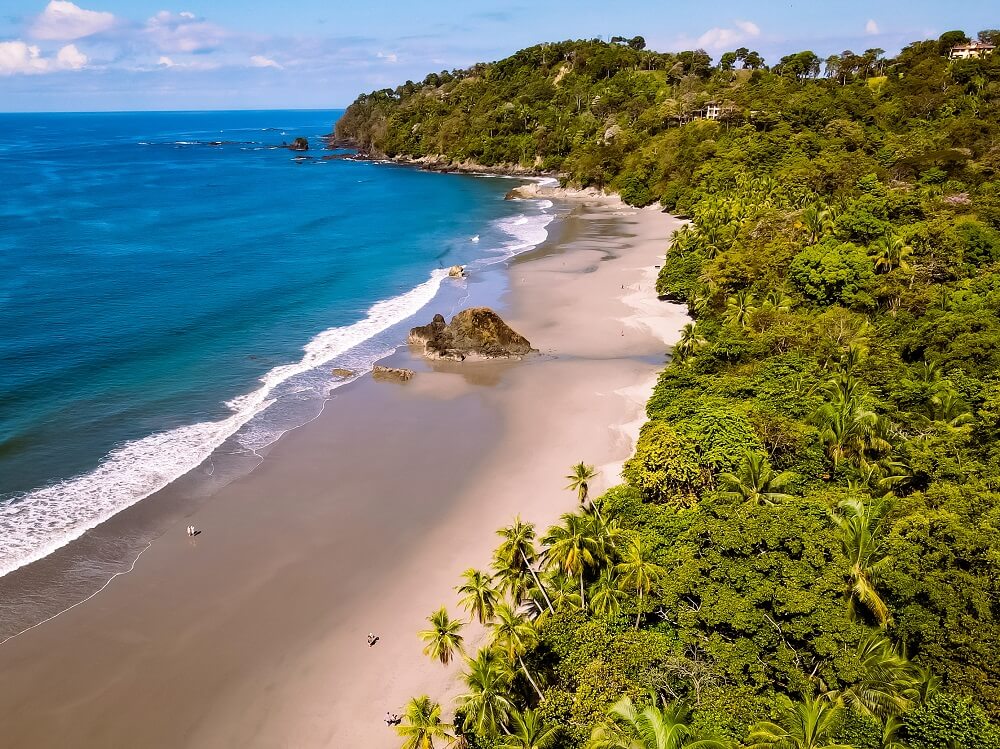
Introducing Costa Rica
Costa Rica is one of the seven countries in Central America, bordered by Nicaragua to the north and Panama to the south. It also borders the Caribbean Sea to the east, and the Pacific Ocean to the west. Below I’ve collected a few interesting facts about Costa Rica:
- Costa Ricans call themselves ‘Ticos’ (males) and ‘Ticas’ (females). Apparently this comes from the fact that they tend to use ‘tico‘ or ‘tica‘ at the end of words. (e.g. ‘un poquito‘ means a little bit, but Costa Ricans say ‘un poquitico‘).
- The country hasn’t had an army since 1948.
- Costa Rican bank notes are super colourful.
- The town of Nicoya is one of five Blue Zones in the world which means that its inhabitants live longer than average, past the age of 100.
- Costa Rica holds around 5% of the world’s biodiversity.
- Over 25% of Costa Rica’s land is national parks and nature reserves.
- There are approximately 900 different bird species in Costa Rica accounting for around 10% of all bird species on Earth.
- The country generates almost all of its energy using five renewable sources: hydropower, wind, geothermal energy, biomass, and solar.
- ‘Pura Vida‘ – meaning ‘pure life’ – will be the most common phrase you hear whilst in Costa Rica. People use ‘Pura Vida‘ as a greeting, a goodbye or an answer to the ‘how are you’ question.
- Costa Rica is considered one of the happiest countries in the world.
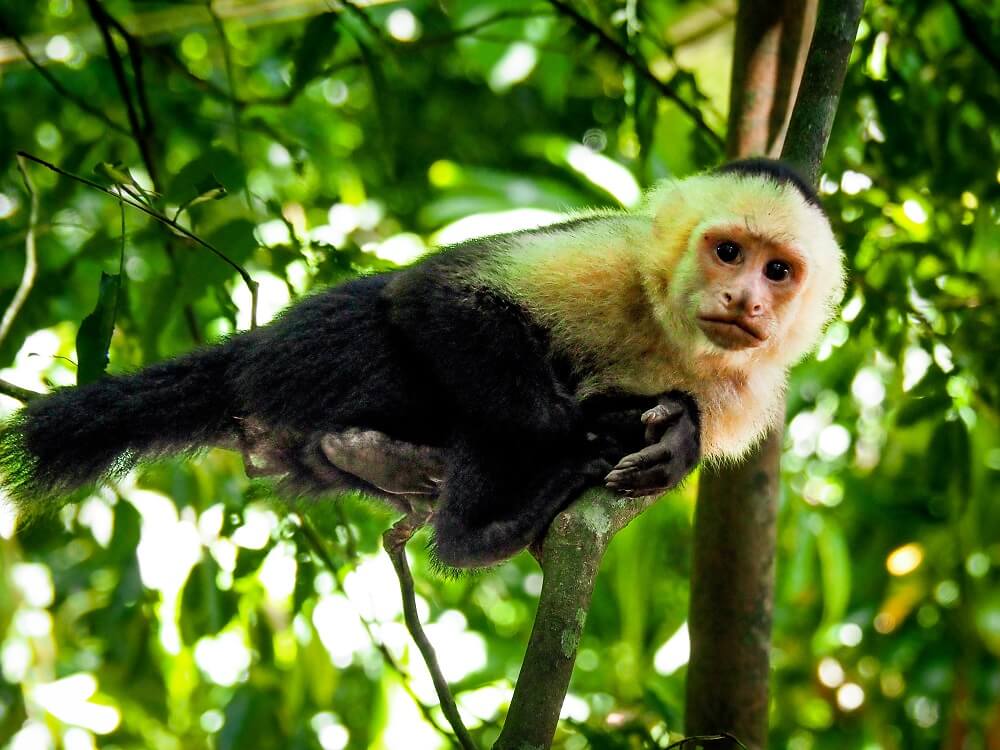
General Costa Rica Travel Tips – Answering Your FAQs
In the first section of this Costa Rica travel tips post, you’ll find answers to a lot of frequently asked questions about the country.
Please note that these answers are based on our own research done before visiting the country and our own experiences after spending three weeks there. Make sure to cross reference with different websites and blog posts!
Before you travel to Costa Rica, make sure to have good travel insurance! Most likely nothing will happen to you, however, it’s important to have one regardless.
Q1: Is Costa Rica Safe to Visit?
We found Costa Rica to be a safe country to visit.
The country definitely has a much lower crime rate than its neighbouring countries. However, we still advise you to be vigilant and keep your belongings close to you. We read that there are many scammers out there, and most of the time they can look like official workers. Luckily, we only had a few scammer experiences. One was in Monteverde, where someone was trying to offer us a ride to the cloud forests whilst we were waiting for our bus to arrive. The other instance was when someone was trying to sell us tickets to Manuel Antonio National Park on the street when you can only buy them online.
Don’t fall for these and definitely don’t jump into a stranger’s car unless they are official taxi drivers. Also, be extra alert at bus stations in case you’re getting around the country by public transport. In addition, if you’re hiring a car, make sure to park it in a safe location, not to leave any of your valuables in there and do a bit more research about potential scams that could happen to drivers in Costa Rica.
(For more official safety advice please visit the Government’s website.)

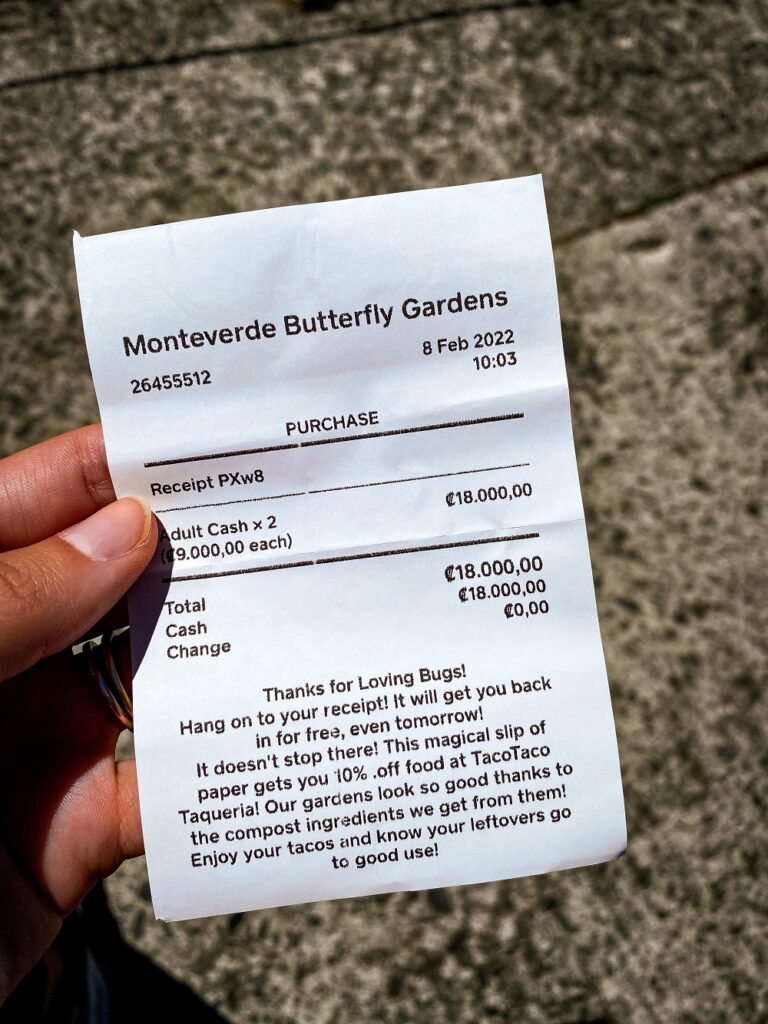
Q2: Is Costa Rica Expensive?
In short: yes!
Costa Rica is one of the most expensive countries in Central America. Whilst you can stretch your money way further in its neighbouring countries, in Costa Rica you can expect prices to be more like in the USA, Canada or Western Europe.
Of course, affordability can look different to everyone. If you’re a backpacker living off a tight daily budget, then you might find the country more expensive. However, if you’re coming to the country for a vacation then these prices might feel similar to what you normally pay in your country.
I do believe that with careful planning you can definitely visit Costa Rica on a lower budget. In my Costa Rica blog posts I included prices for attractions and many saving tips, which will help you to plan your budget better.
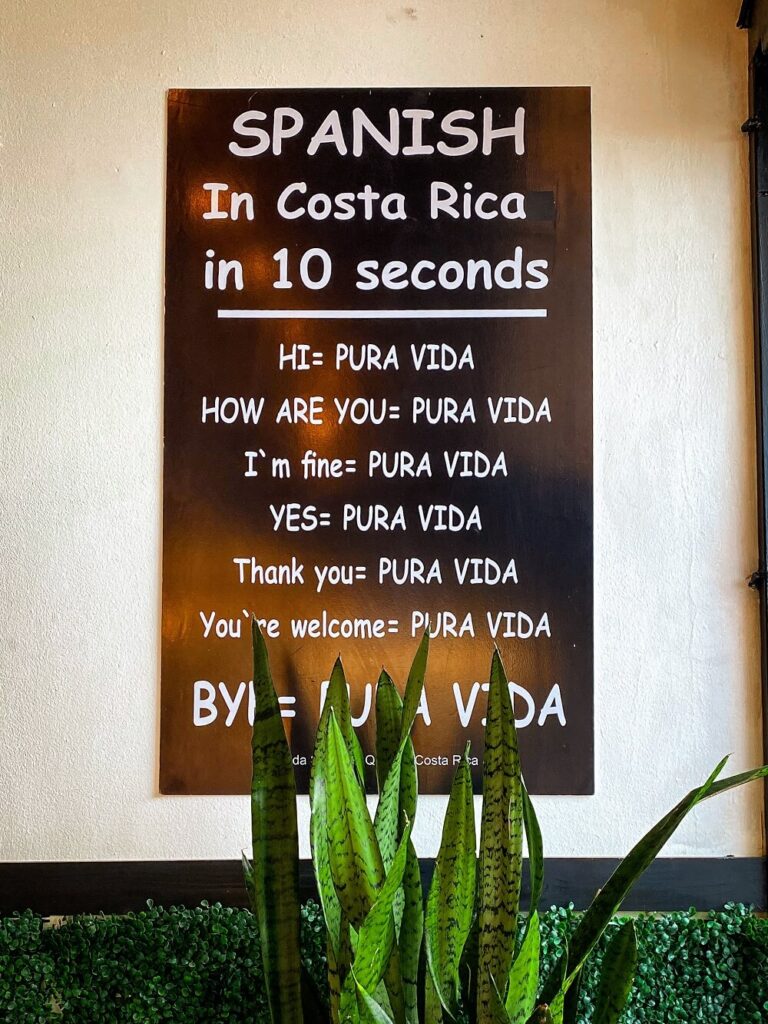
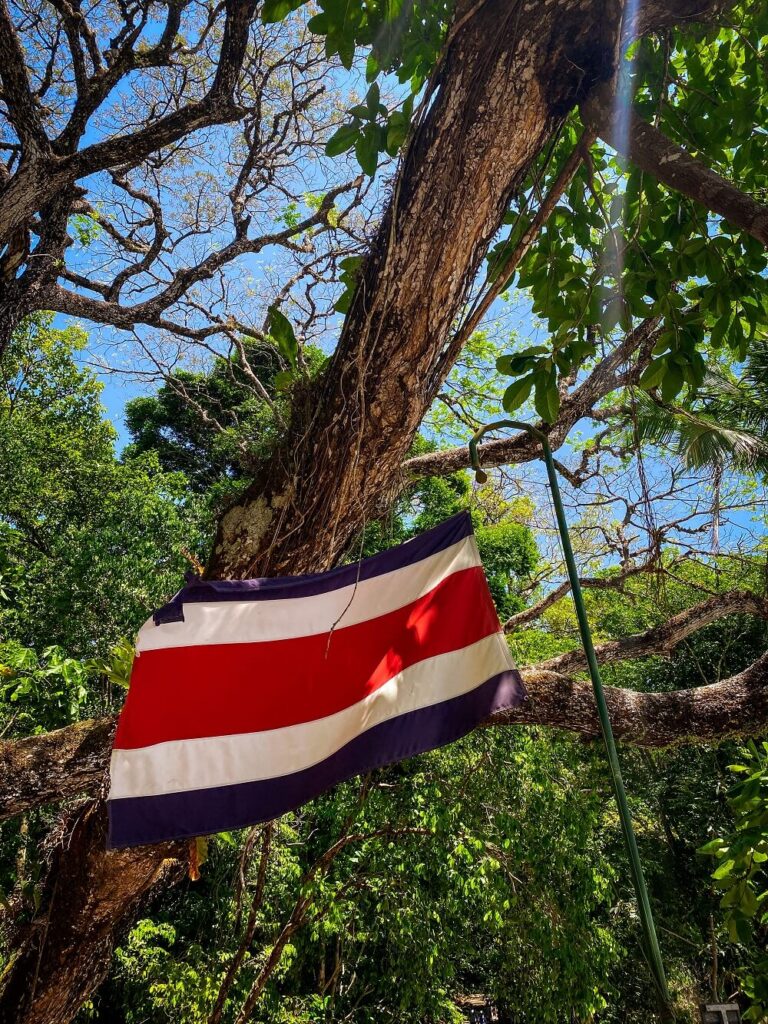
Q3: Do I Need to Speak Spanish in Costa Rica?
The most important phrase to learn before travelling to Costa Rica is: ‘Pura Vida’. It literally means ‘pure life’, and people use it in any situation, but especially instead of ‘buenos dias’.
On a more serious note, we found that English was widely spoken in the country. If you’re visiting popular tourist attractions, going on guided tours, and eating at touristy restaurants, I think you won’t have any issues speaking only English.
However, don’t assume that everyone will speak English. If you’re backpacking around the country and taking public transport, taxis and eating at local soda’s, then it won’t hurt to know a bit of Spanish.
Therefore, my biggest advice is to learn some Spanish phrases based around ordering food, buying bus tickets, booking activities, asking for prices, and numbers. Don’t forget to download the Google Translate app too, which can be a lifesaver. Practicing a country’s native language is always nice and people will appreciate your efforts.
Top Tip – You can always ask the person if they speak English first, but come prepared in case they don’t.
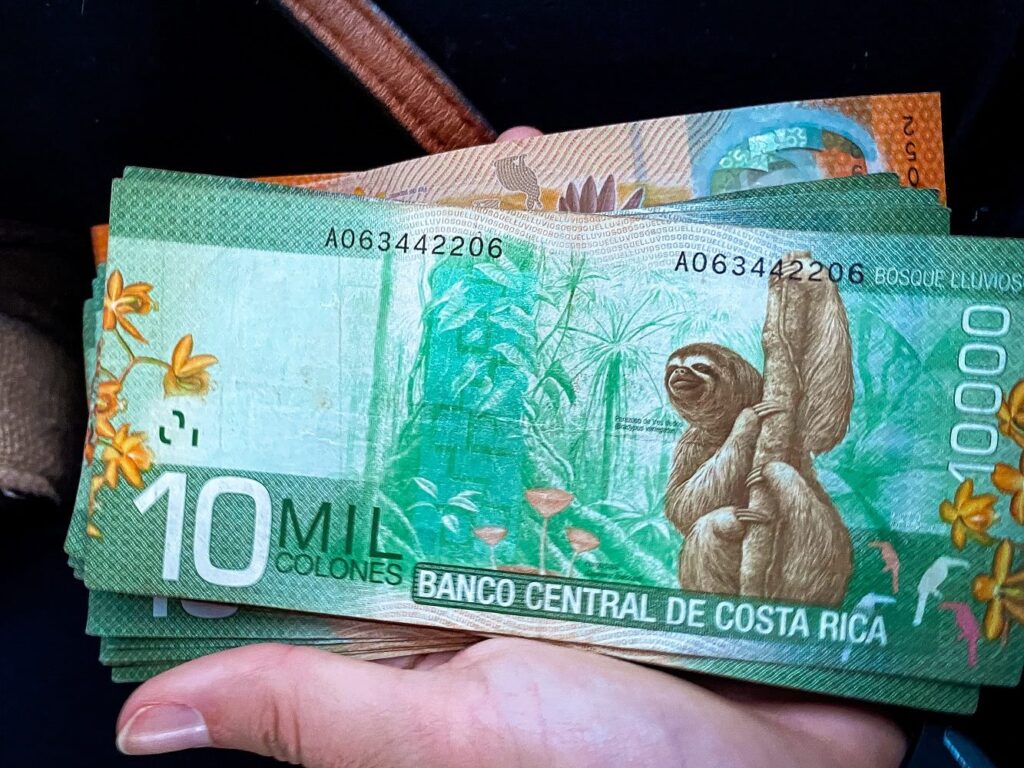
Q4: What Currency Can I use in Costa Rica?
Costa Rica’s national currency is the Colón (Costa Rican Colones). However, you can pay with US dollars in many places.
My advice is that if you’re coming from the States, then exchange a small amount of Colones but you don’t need to change too much. However, if you’re from a country that doesn’t use USD, then I think it’s best to have local currency with you.
Cash or Card? – You can pay by card at many places such as restaurants, cafés and supermarkets. However, some entry fees were required to be paid in cash so be prepared for that. You’ll also need to use cash for toilets, local buses, taxis, street vendors, and sometimes at small convenience stores.
Best Travel Card – Whenever we can, we prefer to pay in local currency and for that we always use our Wise card. With that we can easily withdraw money from the ATM or pay by card at most shops and restaurants. You can set up either a USD account or even a Colon account with Wise which means that you can pay with local currency anywhere in the country.
Withdrawing Money – To avoid crazy ATM fees, you can always withdraw money at Banco National de Costa Rica. Normally international banks will charge you a huge amount for withdrawals, so try a few banks depending on your card. Always be alert when using ATMs outside and if you can try to go to the actual bank’s ATM where they’ll likely have security guards.
Q5: Do I need a Costa Rican SIM Card?
It depends. If you’re only in Costa Rica for a week, won’t rent a car, and will be visiting touristy locations then you probably don’t need a SIM card. Your accommodation will likely have WIFI and most restaurants and cafés will have it too. In many cases, the WIFI password will be shown on the table or on the menu. If not, you can always ask for it and they will provide you with one to connect.
However, if you’re staying in the country for longer, planning on driving around or using public transport to get around then I recommend purchasing a SIM Card. This way you’ll have a Costa Rican phone number and 4G coverage, so you can make phone calls, and use the internet for navigation and so on.
Best SIM Cards to Get in Costa Rica
There are three main companies people normally purchase their SIM cards from: Claro, Kolbi or Movistar. If you want to get a SIM card upon arrival, there will be a Claro stand at San Jose International Airport. We got this one, but bear in mind that here you’ll pay more for the same data package than you would in the city. Since we were leaving San Jose early the next day, we didn’t have time to shop around.
The SIM card costs 10,000 Colones or 20 USD. I recommend paying with Colones if you can for a cheaper deal. They only accept cash and you’ll have to show your original passport. It goes without saying that your phone should be unlocked.
Claro had decent coverage, but if you’re visiting more of the country maybe get Kolbi which apparently has much better coverage. In case you’re in the country for longer than a month, you can just recharge your SIM at any supermarket, convenience store or at the official phone providers store.
If you don’t fancy getting a physical SIM card, you can always use Airalo. It is an app that allows you to download a prepaid eSIM to your phone in over 190 countries. You can choose from different packages and data allowances depending on how long you’re staying or how much internet you want to use.
Top Tip – Make sure to have a VPN to avoid hackers accessing your personal data when using public WIFI. We use Surfshark which is the only VPN that offers one account on unlimited devices.

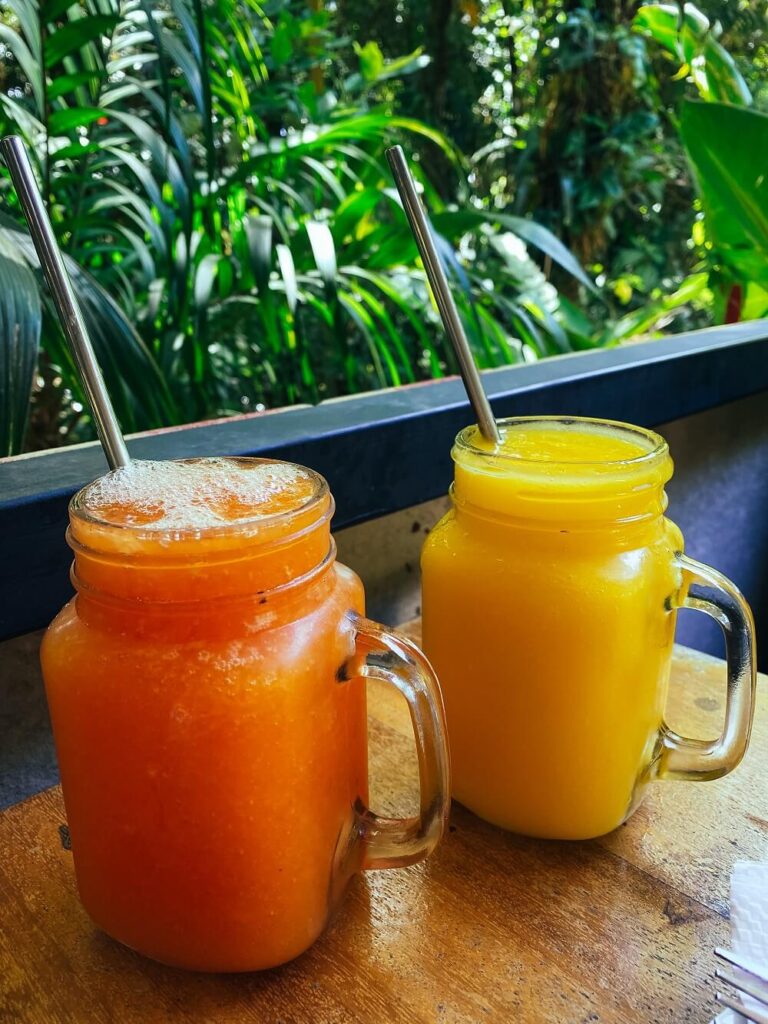
Health Related Costa Rica Travel Tips
What to Eat and Drink in Costa Rica?
Typical Costa Rican food consists of rice, beans, fried plantains and some meat or vegetables. Some might find it simple but we thought it was filling and delicious. Plus, it’s definitely more affordable than trying to follow a western diet like burgers, pizzas and pastas. This dish is served everywhere in the country, but I highly recommend trying it at local Costa Rican restaurants called sodas. The food there will be more delicious than at an overpriced touristy restaurant and more affordable if you’re on a budget.
If you’re vegetarian or vegan like us, don’t worry, they can always swap the meat with fresh vegetables. In addition, in more touristy cafés and restaurants, you’ll always find some yummy veggie options.
It would be a sin not to drink as much tropical juice as you possibly can when you’re in Costa Rica. We loved maracuyá (passion fruit), guanábana (soursop), mango and pineapple. In addition, you must go on a coffee tour and try some very good quality coffee.
Top Tip – If you have a sensitive stomach or digestive issues, then bring some of your medication with you. However, you can always buy some from a local pharmacy too. As a rule of thumb, always pick a place that’s filled with locals, or for more touristy places check their reviews online.
Can I Drink Tap Water in Costa Rica?
Yes, tap water is safe to drink in most places you’re likely to visit during your trip.
Although you can drink tap water, I still recommend having a water purifier water bottle with you. Sometimes, your stomach can react differently to water from a foreign country, so it’s better to be cautious.
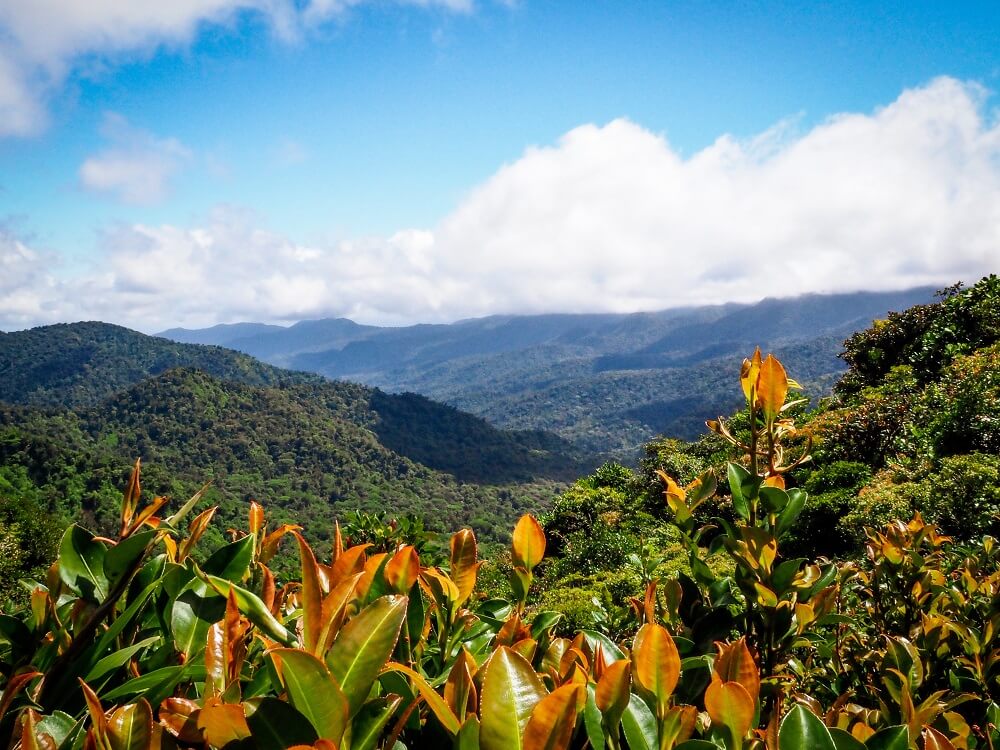
Possible Diseases in Costa Rica
Mosquito-borne diseases in Costa Rica: There is a high risk of Dengue fever in Costa Rica. There isn’t any jabs or cure for Dengue fever. Therefore, you’ll want to prevent being bitten by mosquitos with good mosquito repellent. Chikungunya virus and Zika are also present in Costa Rica. As Costa Rica’s Malaria map shows, there is a low risk of Malaria in the country.
Traveller’s diarrhoea: This is probably the most common health issue you can experience in Costa Rica. It normally happens during the first week of your visit and could last anywhere between 3 to 5 days. If you already have a sensitive stomach or suffer from digestive issues, then be extra careful.
Hepatitis: You can get Hepatitis A by consuming contaminated food or drinks. Whilst the chances are small in Costa Rica, just be extra careful when buying produce from certain places.
Typhoid Fever: Another disease that’s caused by contaminated food or water. Make sure to always wash your hands and practice good sanitary habits whilst in the country.
Rabies: I think you don’t need to worry too much about rabies, unless of course you’re planning to volunteer with wildlife in the country.
Altitude sickness: Costa Rica lies at an average elevation of 746 meters above sea level which means if you’re here for a beach vacation, altitude sickness won’t concern you. Just bear in mind that Monteverde, for example, is located at a higher elevation (~1,500m) and of course take precautions if you’re planning on hiking in certain areas in the country.
Vaccinations for Costa Rica
Recommended Vaccinations for Costa Rica:
Note – Before your trip, I recommend having a discussion with your GP about what vaccinations they recommend for you.
- Be up-to-date with some routine vaccinations such as MMR and diphtheria-tetanus-polio.
- Hepatitis A and B
- Rabies (especially if you’re planning to volunteer with wildlife.)
- Typhoid fever
- Will you need a Yellow Fever jab? – You don’t need a Yellow Fever jab to enter Costa Rica. However, you’ll need to have it in case you’re entering from countries that are considered high risk for yellow fever. If you’re on a longer backpacking trip across Central and South America I personally recommend getting the Yellow Fever vaccination before your trip.
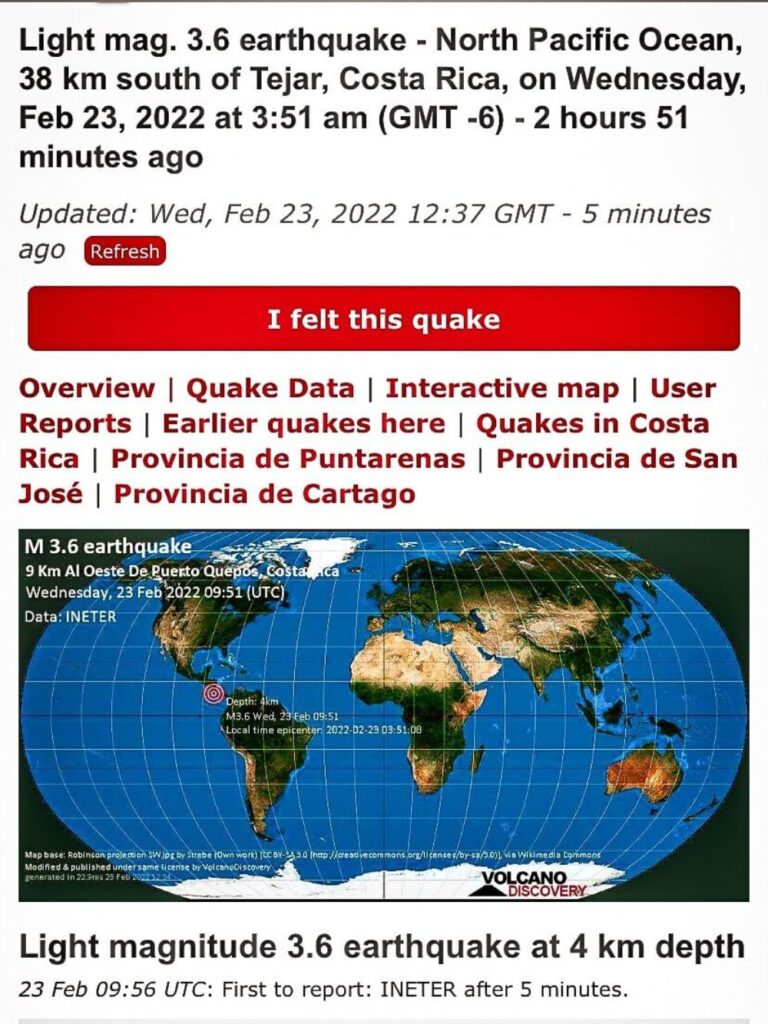

Natural Disasters and Hazards: Costa Rica Travel Tips
Natural disasters are something you won’t be able to avoid if they occur during your stay. However, knowing what to do in case of an emergency can be important.
Oceans: Swimming can become dangerous due to strong ocean currents including rip tides. There might not even be a lifeguard on the beach, so be extra cautious even if you’re a strong swimmer.
Extreme Outdoor Sports: Costa Rica is a great destination for extreme sports lovers. From zip-lining to rafting, you can do many things to get your adrenalin pumping. However, always book with reputable companies with great feedback on their safety standards.
Earthquakes: Costa Rica experiences regular seismic activity and earthquakes. We actually experienced a 3.6 magnitude quake in Manuel Antonio, towards the end of our stay. I recommend reading the US Federal Emergency Management Agency’s advice about what to do before, during and after an earthquake.
Volcanic Eruptions: There are many volcanoes in Costa Rica, several of which are considered active. The possibility of eruptions whilst you’re on holiday is low but is always present.
Flooding: The rainy season in Costa Rica normally runs from May to November. During this time flooding can occur and heavy rains can cause landslides. Make sure you’re up-to-date with the news if you’re visiting during the rainy season.
Hurricanes: The hurricane season usually runs from June to November. Whilst hurricanes aren’t the major concern, the heavy rain that accompanies them can result in flooding and landslides. Again, be up-to-date with the news during this time.
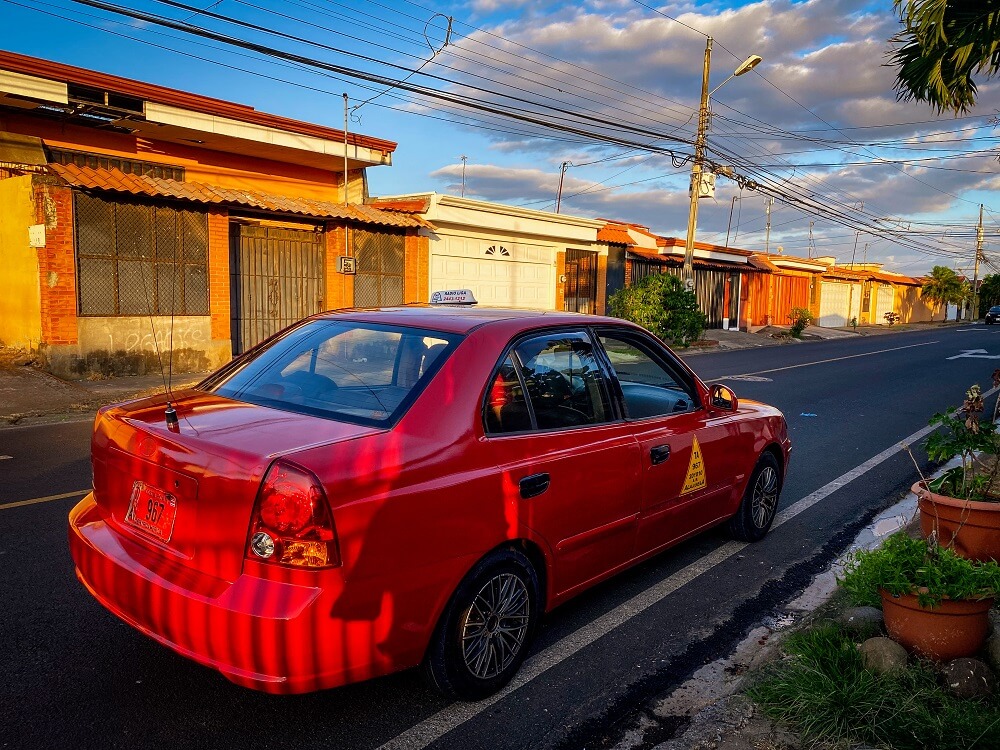
Best Ways to Move Around Costa Rica
1. Private Vehicles
Rental Car – For the greatest flexibility, you can always hire a car for the duration of your stay in Costa Rica. If you arrive to San Jose airport, then you can always pick up your vehicle from there and reach your destination quickly. The roads in Costa Rica are generally good, however, you might want to consider hiring a better car that can easily travel across some of the bumpier roads. You don’t need a 4×4 though.
Private or Shared Shuttle – You can always book a private or group shuttle from San Jose to your destination. These shuttles also run between popular tourist spots, so you can visit a few different places in a short time. These shuttles are normally comfortable, fast and have air conditioning and offer door-to-door services. Of course, the private shuttle will be more expensive, so if you don’t mind sharing your ride with a few others then I highly recommend booking a group shuttle service.
Taxis – You can always use taxis for getting from A to B across shorter distances. Make sure to take an official taxicab which should be red with a yellow triangle and never accept a ride from a stranger. Always either agree on a fare before or make sure that the meter reader is on when using taxis to avoid overpaying for your ride.
Uber – Alternatively, there are a few Uber drivers operating in bigger places such as San Jose, Quepos, La Fortuna and Manuel Antonio, so you can check the app too. Please note that Uber is technically not 100% legal in Costa Rica. However, based on our research both locals and tourists use the service regularly.

2. Public Transportation
If you’re travelling on a tighter budget, you can always get around Costa Rica by public buses. Long haul buses normally run between San Jose and popular tourist places. The journey time for long haul buses is normally between three and five hours. They are much more affordable than private or even shared shuttles. You can normally purchase your ticket in advance for these services. However, sometimes they operate on a first come first served basis.
Top Tip – A very useful website we use all the time when planning our longer trips between cities is Rome2rio and Busbud.
There are also many local buses that run between small towns. You can hop onto these buses from local bus stops called ‘La Paradas’. These stops may or may not be marked, so if you’re in doubt ask a local. Of course, if you see a few people waiting somewhere then it’s probably a bus stop. You have to purchase your ticket from the driver and pay in Colones.
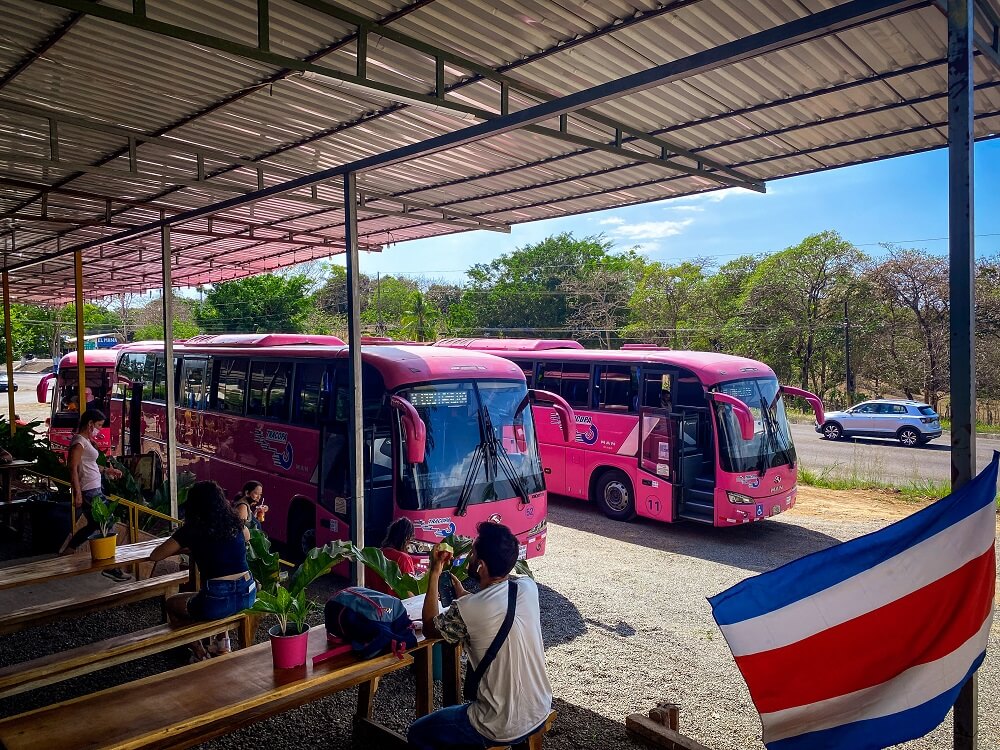
Top Tips for Using Buses in Costa Rica
Before you decide to travel by bus across the country, here are a few things to consider:
- Buses are privately owned. This means that there are many different companies that operate in certain areas of the country. In addition, what was a bit surprising was that they also all have their own different bus station. If you leave from San Jose, it’s very important to know exactly which bus station you need to arrive to.
- Planning your trip in advance is important. Sometimes there’s only one or two buses per day to your destination and these buses can get full with both locals and backpackers.
- The buses won’t be too comfortable. There are normally no toilets on the bus, however, they’ll always stop for about 20 minutes at a restaurant area. There might not be air-conditioning either.
- Learn some Spanish. Drivers or ticket officers may or may not speak much English. It’s always good to learn a few words based around buying tickets.
- Be extra alert. Bus stations are prime places for both pickpockets and scammers. Many times people can look like officials which can easily confuse you. Best to always ask ticket officers or bus drivers, or even ask multiple people to be sure. Always watch your belongings and be careful putting valuables over or under your seat.
Click below to find out how to get to certain locations in Costa Rica:
- How to get to Monteverde / Santa Elena from San Jose
- How to get to La Fortuna from San Jose
- Getting to La Fortuna from Monteverde / Santa Elena
- How to get to Manuel Antonio / Quepos from San Jose
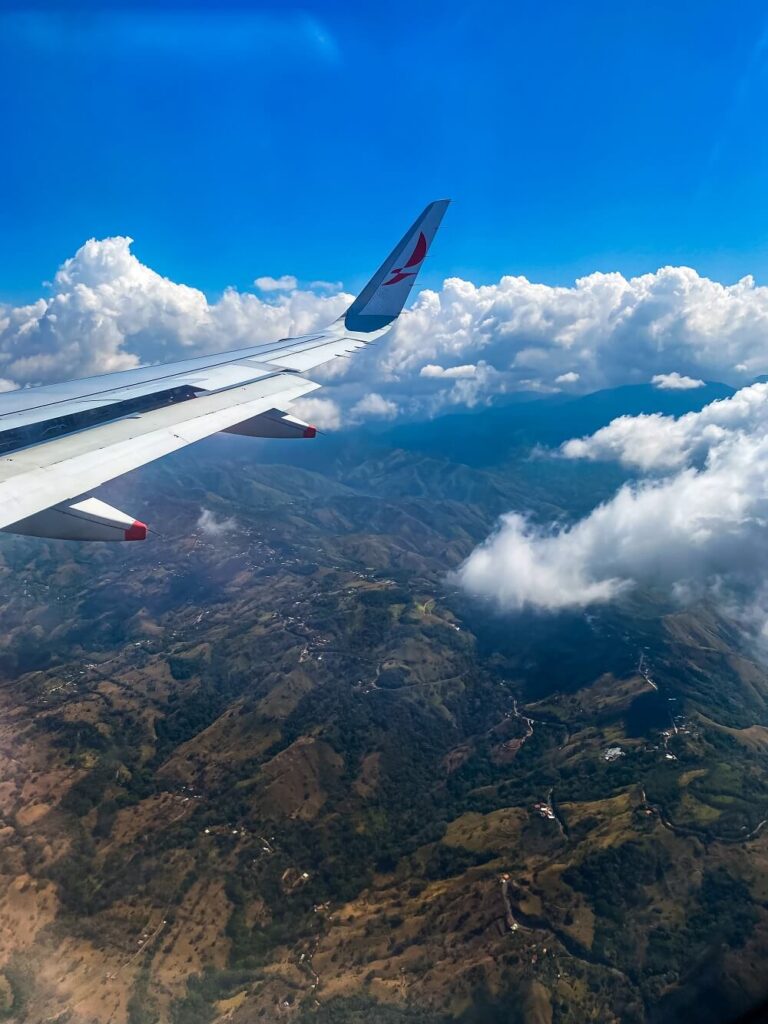

3. Flying
Lastly, if you’re very short on time and have a bigger budget, you can always check out domestic flights between San Jose and your destination. You can either fly with Sansa Regional or Green Airways, although Sansa offers a lot more destinations.
Obviously, flying will be the most expensive way to travel across Costa Rica, so I would only consider it if you’re very short on time and only visiting one or two destinations. We also read that you may have to pay an airport fee which could cost an additional 5 to 10USD.
Find Flights to Costa Rica✈️
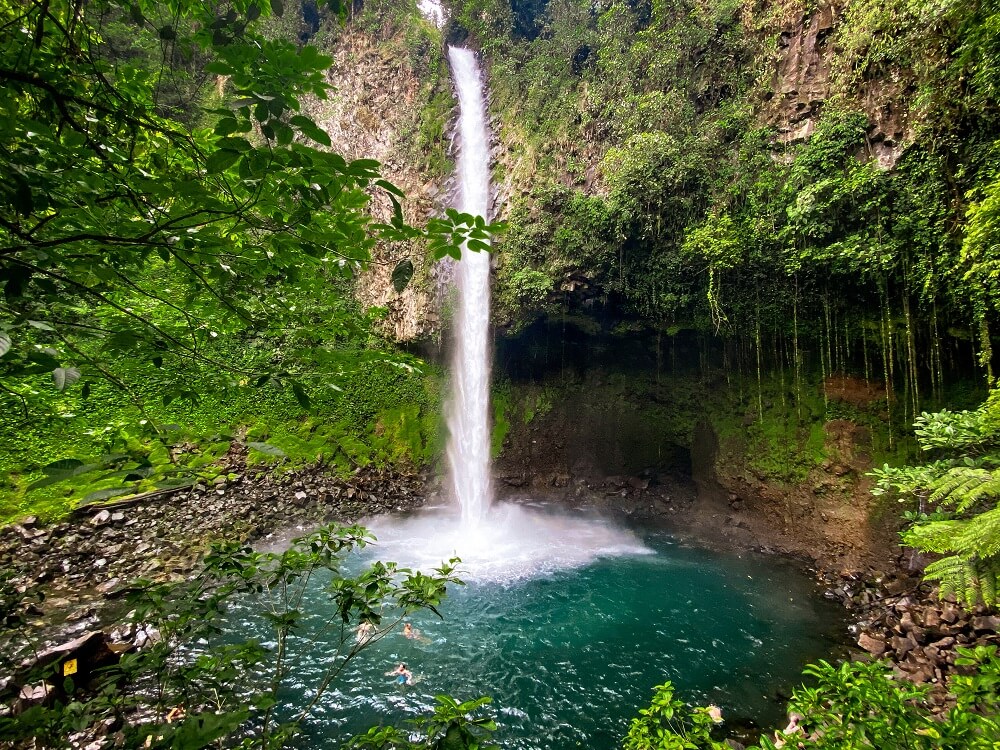
Final Thoughts on Costa Rica Travel Tips
We hope that you found this Costa Rica travel tips post useful. We definitely loved our stay in the country and never had any major issues. Luckily, we only encountered a handful of potential scammers and probably paid only a little extra for a few taxi fares. Other than that, we felt safe and enjoyed the Costa Rican cuisine and the country’s incredibly diverse wildlife and efforts to preserve nature.
As we mentioned at the start, we only spent three weeks in the country, so we’re by no means experts. Therefore, make sure to conduct your own research, check other relevant posts and official websites before your trip.
Have you ever been to Costa Rica before? How much of the country did you manage to explore? What other travel tips would you add to the above? Let me know in the comments below.
Now, let your adventure begin,

Our Top Travel Resources
Accommodation: For hotels we always use Booking.com and Hostelworld for hostels. We also book longer stays on Airbnb or Vrbo.
Flights: To find the best flight prices we always check Skyscanner, Google Flights or WayAway. Then we also check the airlines’ websites too for comparison.
Car Rentals: We use Discover Cars when we want to rent a car as it compares local, national and international companies.
Activities: If we book organised tours we always check either GetYourGuide or Viator.
Foreign Currency: Whenever we can we prefer to pay in local currency and for that we always use our Wise card. We can easily withdraw money from the ATM or pay by card at most shops and restaurants.
Travel Insurance: We never go anywhere without travel insurance. You never know what will happen on your trip, so good travel insurance like SafetyWing can protect you in case of injury, illness, theft and cancellations.
eSIM and VPN: To get data abroad we use Airalo which is an app that allows you to download a prepaid eSIM to your phone in over 190 countries. Make sure to have a VPN to avoid hackers accessing your personal data when using public WIFI. We use Surfshark which is the only VPN that offers one account on unlimited devices.
Remember…It all starts with a Pin…
